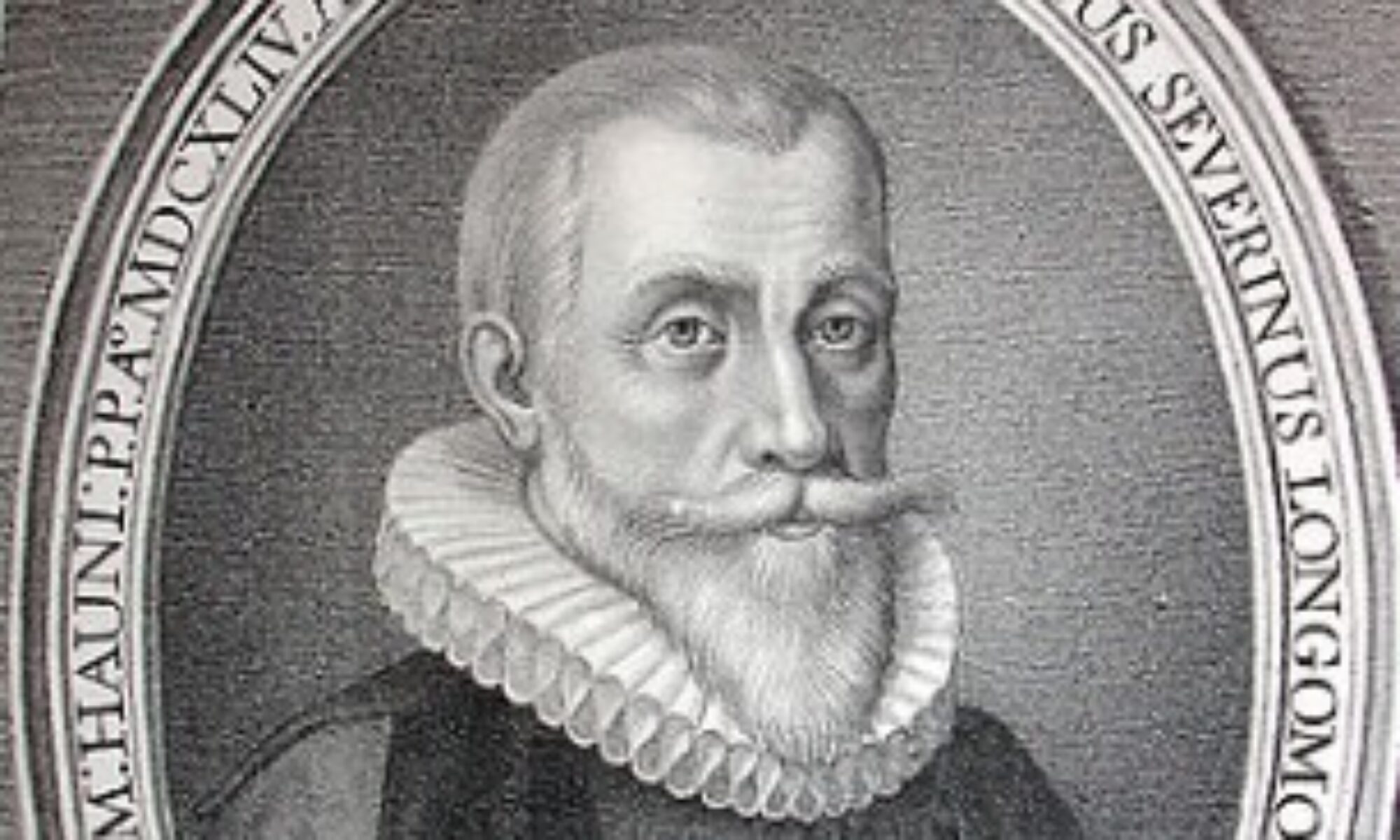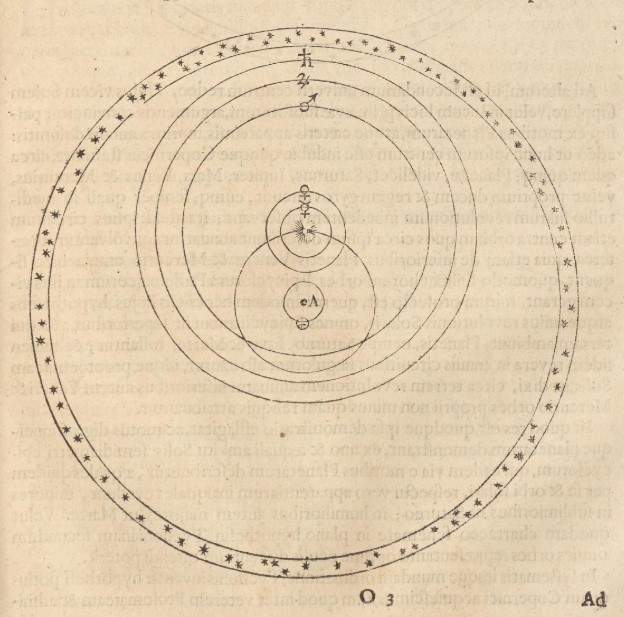Copernicus
Most people seem to have the notion that when Copernicus moved Earth from the center and had it circling the Sun that he also had the modern day values for the distance between the two. He did not.
Copernicus calculated the solar parallax to be 175”.
The actual Copernican model had Earth moving at a modest speed of about 6000km/hr. Nowhere near the 107,000km/hr we are told that Earth moves today.
So if we used Copernicus’ values for a geocentric system, the Sun’s orbital speed would be ~6000 km/h. This is about 1mile per second.
This is almost exactly what the Sun’s orbital speed would be in Tycho Brahe’s model, his trusted assistant Longomontanus’ and every one of the following noted astronomers going back more than 2000 years.
270 Aristarchus – 180”
150 Hipparchus – 115 – 140”
136 Ptolemy 170”
920. Al-Battani 187”
1470 Regiomontanus 180”
1528 Fernel 160”
1543 Copernicus 175”
1570. Barrozi 177”
1596. Maestlin 176”
1598 Maginni 180”
1602 T. Brahe 180”
1620 Biancani 160”
1622 Longomontanus 160”
1632 Galileo 174”
1632 Lansberg 138”
1642 Bettini 180”
1644. Mutus 143”
1645. Boulliau 141”
How did every notable astronomer up to the mid 17th century manage to all mis-observe the Sun’s parallax by a factor of 20, while determining the Moon’s size and orbital radius near perfectly???
They didn’t.
It’s a fairytale that’s been sold by shysters and taken up by the gullible
Telescopes do not change the angular values of distant objects they simply enhance the finer details. We can see that Galileo for instance, using a telescope, found the Sun to be slightly closer than Longomontanus did.
Conclusion
I refuse to toss out 2000 years of observations based on immutable geometric principles and adopt modern values for our solar system which are glaringly wrong, as anybody with Autocad will quickly learn by simply drawing the system to scale.
I began doing this over 3 years ago and I immediately began to see problems with a model that uses a modern AU value with a swapped Earth/Sun. It doesn’t work. Certain values have to be modified, namely the eccentric percentage of the Sun’s orbit.
I was unaware at the time of these huge discrepancies in astronomy and even merely considering a geocentric system was practically inconceivable. So I was forced to work backwards.
But I’ve gone where the data has lead me not the other way around. I let go the preconceived notions and assumed that everything from the eighteenth century forward must be viewed with suspicion.
And even the simple fact that Brahe’s and Longomontanus’ work has never been translated from Latin is the most blatant tell of all. Brahe had the most advanced observatory there was, with numerous staff who labored night and day for twenty years making observations and this goes untranslated??
One thing I refuse to do is claim I have a model based upon works that I have never read. Tycho Brahe and Longomontanus NEVER described our solar system in the proportions as they are given today.
Not only is this a fallacy, but it becomes quickly obvious, for anyone who makes an effort, to see the myriad cycles and resonances that reveal themselves as a result of the natural order of things and Nature is certainly ordered. Longomontanus knew it, his writings say so. It’s a pity that so few have ever read his work.




